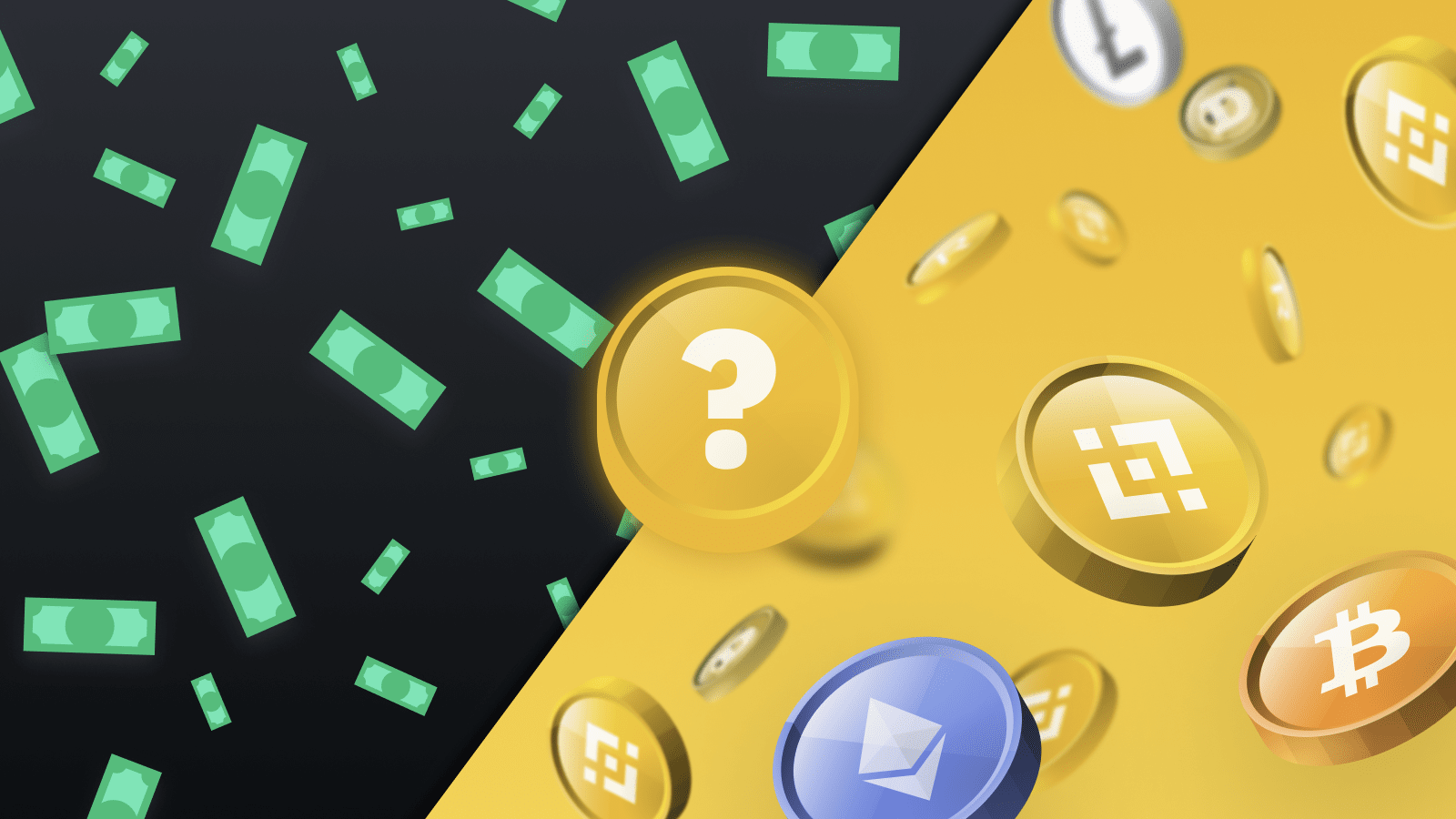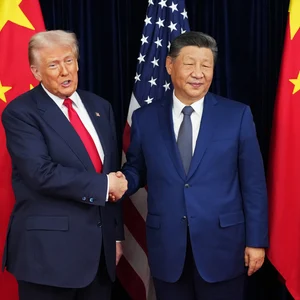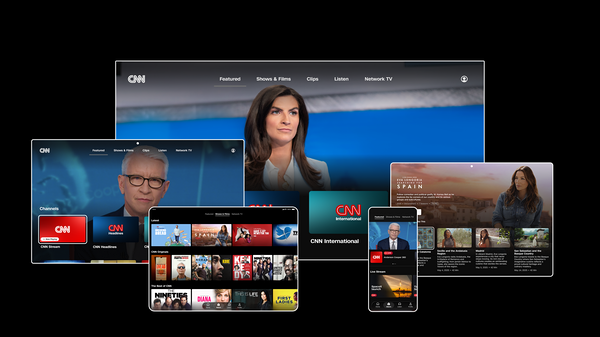Copyright chandigarhmetro

In today’s fast-changing digital economy, the ability to move from cryptocurrency to fiat represents one of the most essential bridges between modern technology and traditional finance. For every trader, investor, or everyday user, there comes a moment when digital holdings must be converted into spendable currency. This process is not just a technical operation; it reflects the growing interaction between decentralized innovation and established financial systems that are learning to adapt to the digital age. At its foundation, cryptocurrency to fiat means exchanging virtual assets stored in digital wallets into government-issued money such as dollars, euros, or other local currencies. It allows people to use the value they hold in crypto form to make everyday payments, invest in other assets, or simply withdraw cash to their bank accounts. Although the concept seems straightforward, the actual process involves a complex combination of financial infrastructure, liquidity networks, verification protocols, and compliance mechanisms that guarantee secure and transparent transactions. The most common way to convert cryptocurrency to fiat is through centralized exchange platforms that handle both types of assets and manage the technical side of trading. These platforms connect digital markets with banking systems, allowing users to sell their crypto for fiat currency and withdraw it to a verified account. The convenience of this method often comes with strict verification procedures, as most services must comply with international financial regulations. For users seeking more independence and flexibility, peer-to-peer exchanges offer an alternative. Such platforms enable direct deals between individuals, providing freedom to choose payment methods and negotiate rates, while escrow protection ensures that transactions remain safe and fair. The market has also evolved with new solutions that simplify conversion. Many services now integrate cryptocurrency to fiat exchange directly into digital wallets or mobile applications, allowing near-instant transfers to local currencies. This growing accessibility shows how digital finance continues to merge with everyday payment systems. These new tools make the process smoother, reduce fees, and encourage more users to interact with digital assets confidently. Security remains a fundamental factor in any conversion. Reliable services protect transactions through advanced encryption, multi-layer verification, and clear policies against fraud or unauthorized activity. Before performing any cryptocurrency to fiat operation, users should ensure the platform is licensed and transparent about its procedures. Awareness of these details builds trust and prevents potential risks that can arise in an unregulated environment. Legal and tax obligations are becoming equally important as digital finance gains global recognition. In many regions, converting crypto into local currency is considered a financial transaction subject to national laws. Users must be prepared to document their conversions, report gains, and comply with existing tax regulations. As governments refine their policies, this process will become more standardized, ensuring that crypto-to-fiat operations can occur safely within the formal economy. Beyond individual transactions, the concept of cryptocurrency to fiat carries wider economic meaning. It symbolizes how digital value becomes part of the real-world economy, influencing how people pay, save, and invest. The smoother this exchange becomes, the more practical digital currencies are for everyday life. Whether used for global remittances, business payments, or personal finance, the ability to move effortlessly between digital and traditional money defines the next stage of financial evolution. Ultimately, cryptocurrency to fiat conversion marks the point where innovation meets familiarity. It allows users to experience the benefits of digital finance without losing the stability of the systems they already trust. As technology matures and regulations evolve, these conversions will only grow more efficient, making the line between virtual and physical money increasingly invisible.



